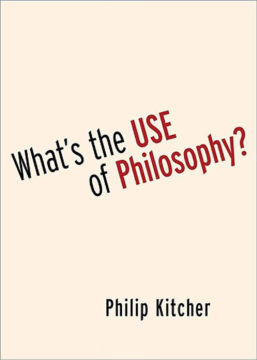Kieran Setiya in the London Review of Books:
 In August 1977, the New York Times ran a profile of the philosopher Saul Kripke, then 36 years old. Aged 17, he had proved a new result in modal logic – the logic of necessity and possibility – by building a mathematical model of ‘possible worlds’. He went on to transform philosophy, reviving dormant metaphysical questions. What makes us the particular people we are? Does science tell us how the world must be, not just how it is? At thirty, Kripke gave the lectures that made his name – they were published as Naming and Necessity in 1972 – and he went on to write a groundbreaking book about Wittgenstein’s later philosophy. Yet despite these achievements, the New York Times noted, he was little known outside his field. ‘Philosophy has become such an arcane discipline that it leaves most laymen gasping for meaning.’ It was also divided between two very different visions: ‘The technicians dream of one master key that could make a science of all philosophy, while the romantics dream of a “big move” that would make philosophy grab the world again and prove that philosophical intuition has not run dry.’
In August 1977, the New York Times ran a profile of the philosopher Saul Kripke, then 36 years old. Aged 17, he had proved a new result in modal logic – the logic of necessity and possibility – by building a mathematical model of ‘possible worlds’. He went on to transform philosophy, reviving dormant metaphysical questions. What makes us the particular people we are? Does science tell us how the world must be, not just how it is? At thirty, Kripke gave the lectures that made his name – they were published as Naming and Necessity in 1972 – and he went on to write a groundbreaking book about Wittgenstein’s later philosophy. Yet despite these achievements, the New York Times noted, he was little known outside his field. ‘Philosophy has become such an arcane discipline that it leaves most laymen gasping for meaning.’ It was also divided between two very different visions: ‘The technicians dream of one master key that could make a science of all philosophy, while the romantics dream of a “big move” that would make philosophy grab the world again and prove that philosophical intuition has not run dry.’
Philip Kitcher is with the romantics. He began his career working in relatively technical areas of the philosophy of mathematics and science, but soon turned towards contentious issues in biology – including creationism and evolutionary psychology – as well as the social nature of scientific practice.
More here.
